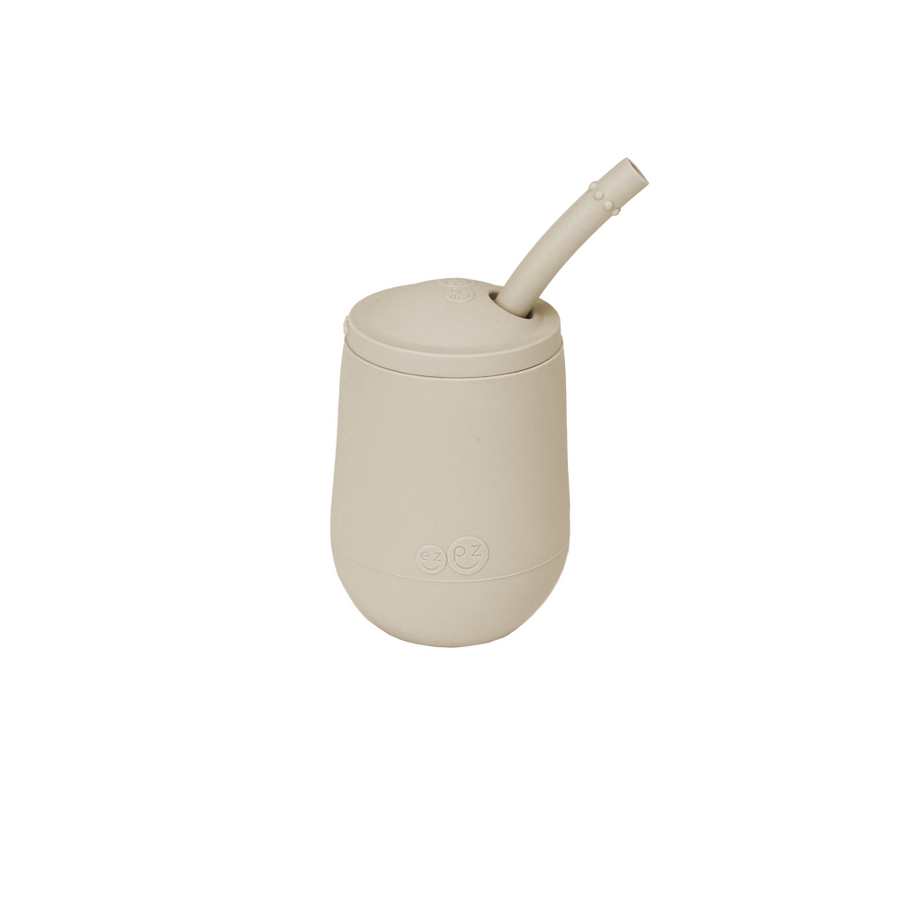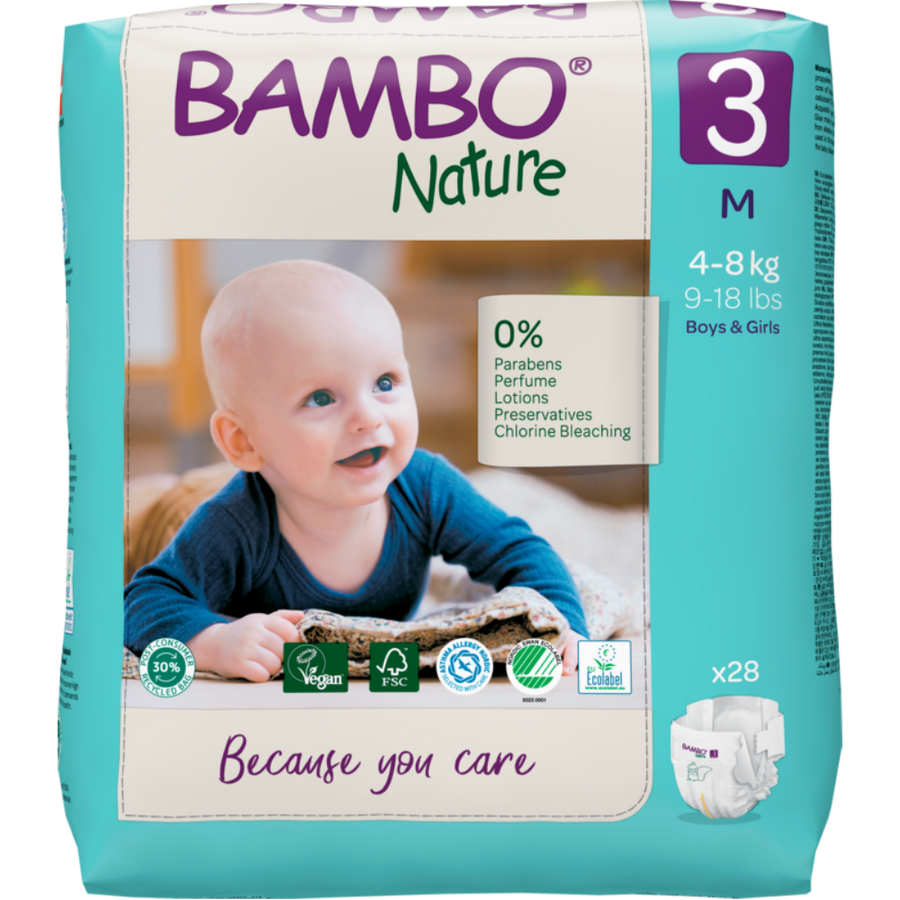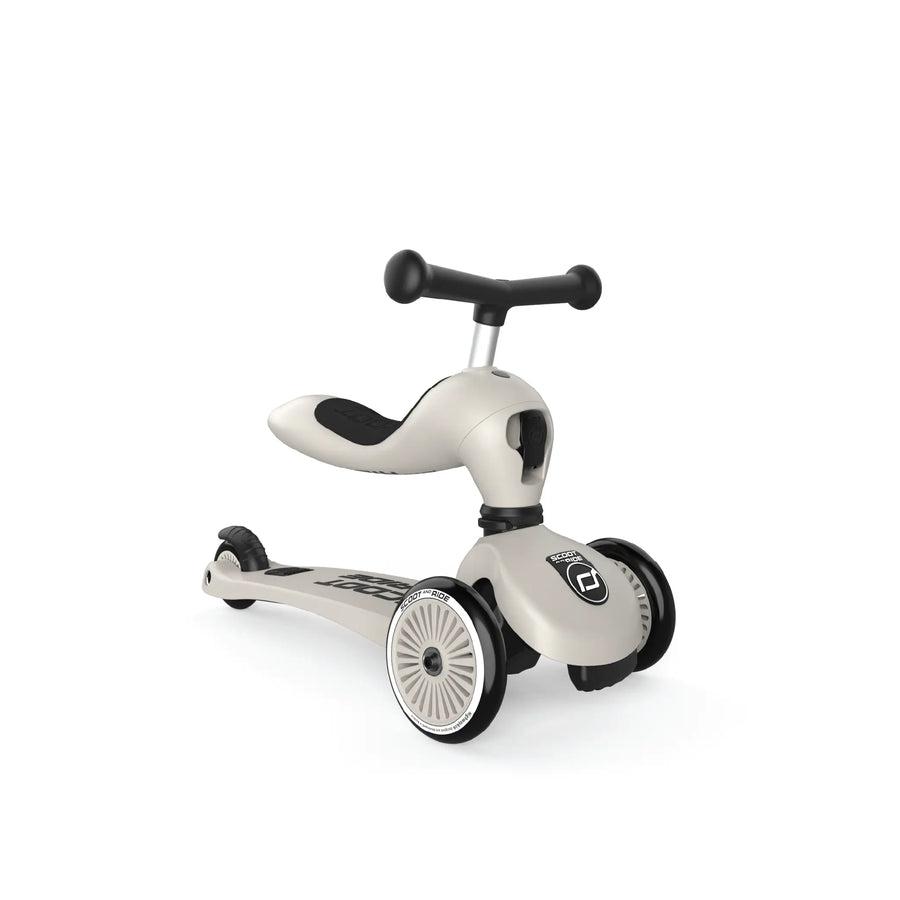How to Choose the Right Baby Carrier

How to Choose the Right Baby Carrier
Baby carriers are the new “It” accessory for millennial parents, wouldn't you agree? For those who don’t know about the carriers, fear not! We’re here to tell you all about them.
Baby carriers, as the name suggests, is a supporting device worn by an adult for carrying their baby comfortably on the chest or back leaving their hands free to perform other tasks. Baby carriers are probably a godsend for working parents as you can work and snuggle with your little one at the same time.
The Types of Baby Carriers
When it comes to baby carriers, you will mainly find these types in the market:
Sling Baby Carriers:
These are long wraps made of fabric that are worn in various ways and secured on your shoulder to keep the baby close. They are light in weight as compared to the other carriers, as it is just one long cloth and nothing more.
Traditional Baby Carriers:
These baby carriers have a structured waist and padded shoulder straps with buckles with the help of which it can easily be converted to multiple seating position, (front, back, and hip)
Backpack Baby Carriers:
These are similar to the traditional ones but better structured. They are designed similar to a hiker’s backpack with great back support so you can go on great adventures and explore the world with the little one by your side or in this case on your back or chest ;).
Choosing the best baby carriers really depends on your preferences. Some parents like the sling, others may like the traditional ones. Though, most of the carriers are age specific so it is better to check that before making a decision of purchase.
If you’re not sure on what are the best baby carriers for your little one, you can always check out the Top Baby Carrier Brands.
Now that we have looked at types, let’s see what to look for when buying one and why it makes lives of both parents and the child a lot easier.
Baby carriers make it easier to soothe a cranky or sick baby through the proximity. And the close contact makes it easier for you to cater to your baby’s needs quickly. The close proximity also lets you bond with them while you go on about your day. They not only make your life easy, but also could be beneficial for the little one as under:
- They are great for babies with reflux as babies would be comfortable in the carrier since they would be in upright position and thanks to gravity, the content in the stomach would stay right where it should be.
- They help to soothe your little ones. Babies tend to cry less when worn by parents. Therefore, your baby will remain much happier and spend more time in a quiet and alert state. Also, the state when they will learn the most!
- Help in promoting social and cognitive development. How? Well, when your little one is not crying, they are more likely to be involved and interact with their environment and surroundings. They hear and see the same things you say, see, and hear and are much more involved. All this helps in enhancing their social and cognitive skills and overall well being
- Babies have more fun as they can explore the world with you at your eye level and also interact with people. With the carrier, having conversations with your little one becomes much easier and for you to observe their reactions to the world.
- It promotes physical development. The baby carriers ensure a comfortable and correct position. It helps in preventing any physical abnormalities like hip dysplasia, or flattened skulls on the sides or back of the baby's head when they lie on their backs or tummies too much. It also promotes proper development of muscles and spines.
Now that we know the importance of baby carriers and their types, Let’s now see how to safely place your little one in the right way.
To make it easier, you can remember the T.I.C.K.S rule for safely placing your baby:
T for Tight - The sling should be tight, with the baby positioned high and upright with head support
I for in view always - you should be able to look at your baby’s face just by looking down
C for Close enough to kiss - your little one should be close enough to kiss
K for Keep chin off the chest - make sure that your little one's Chin is upright and not touching their body. Little ones should never be curled in a way that their chins touch their chest. This can obstruct breathing
S for Supported back - little ones back should be supported in a natural position with their chest and tummy against you
Another key point to remember is that the baby carrier should allow your baby’s hips to spread. Their knees should be spread apart, thighs should be supported, and hips should be bent in a way that their legs are straddling your body.
Who knew Baby carriers could be so important and helpful? We’re sure you’re now prepared to get the best carriers for your little ones.
To make it easier. You can Choose from the top brands and select what you think is best for you and your baby. Here’s all you need to know about Top Baby Carrier Brands!

















Leave a comment